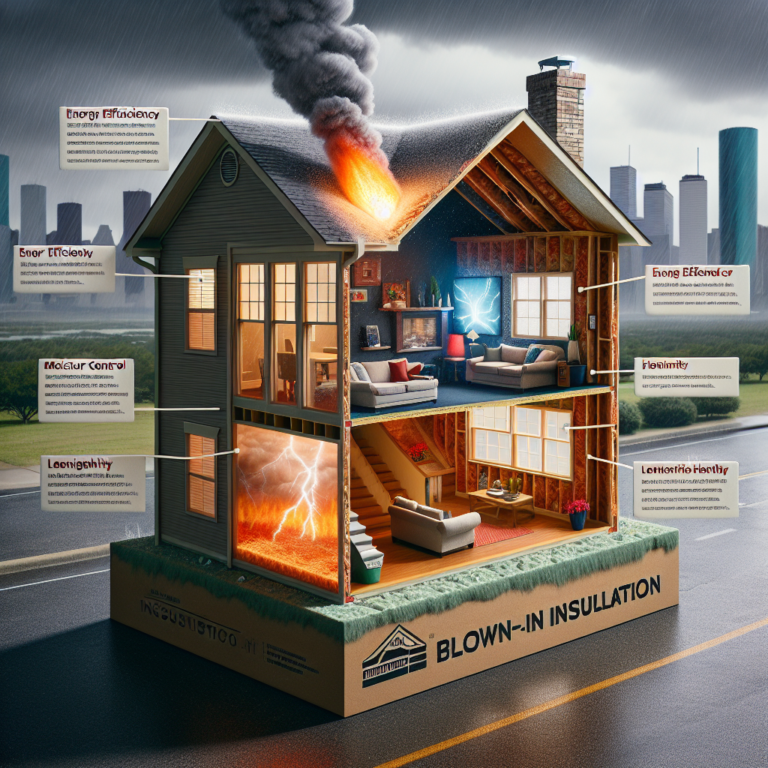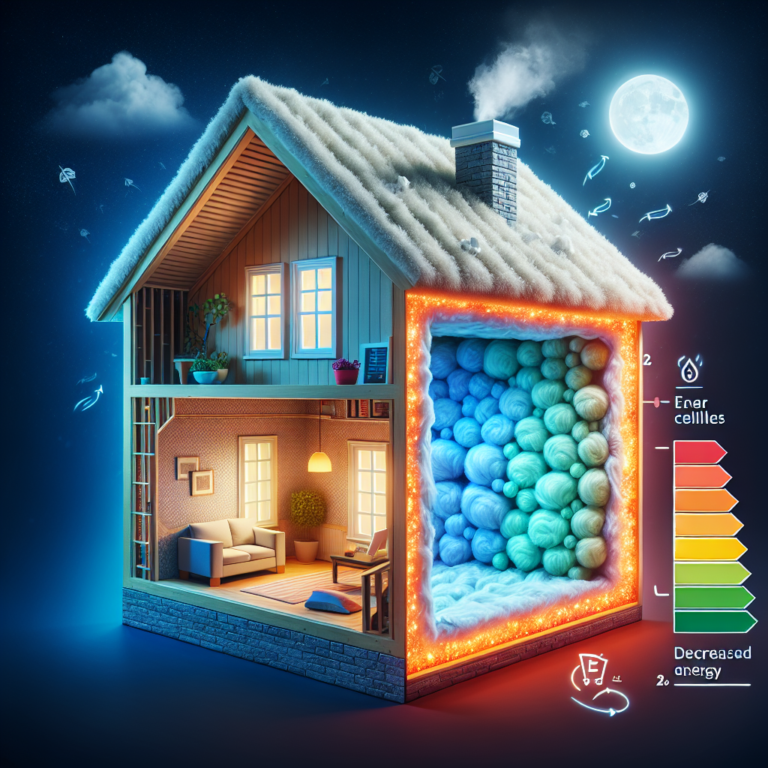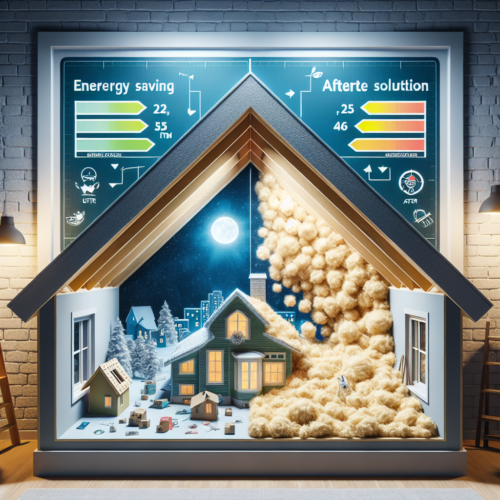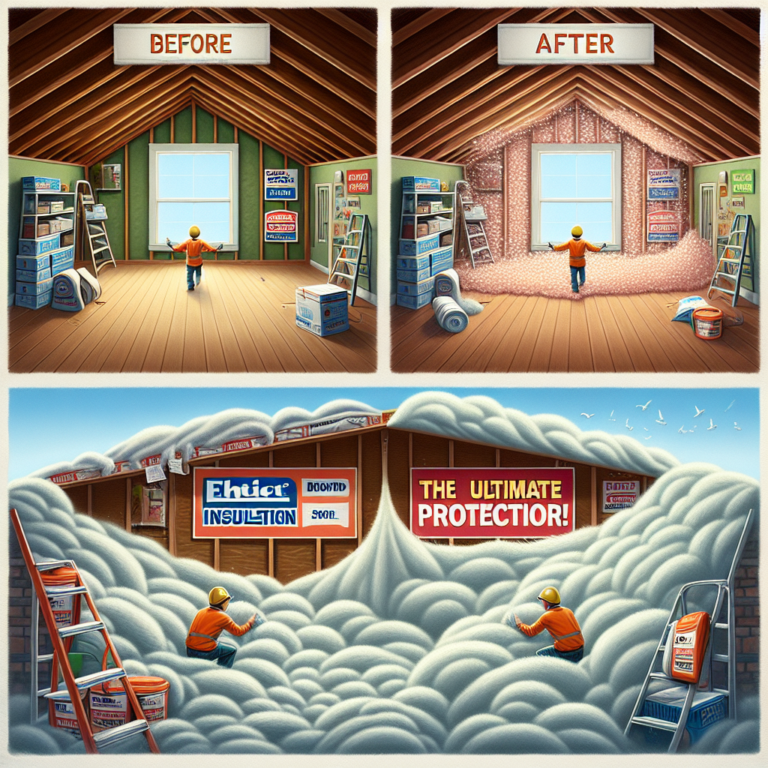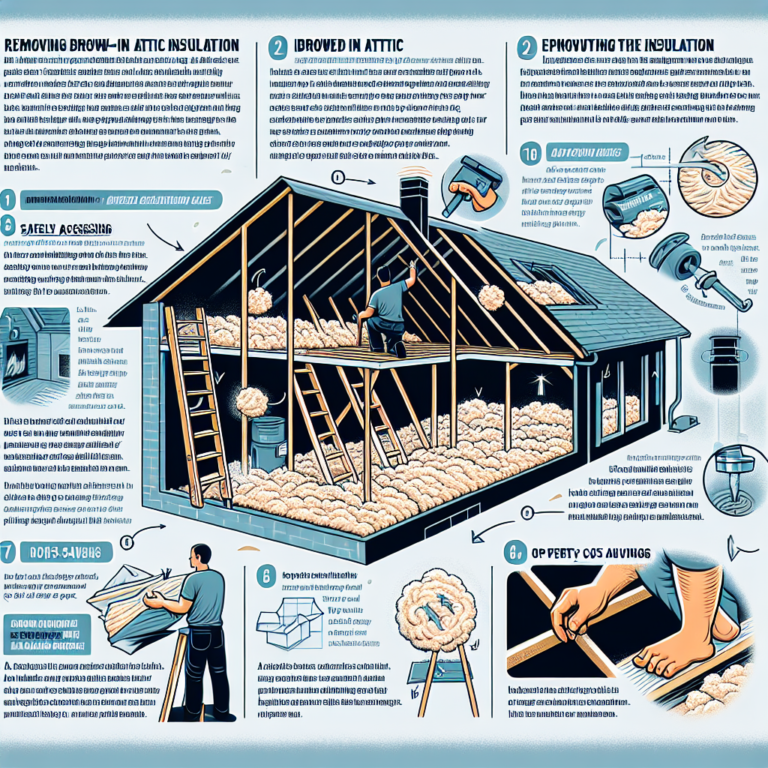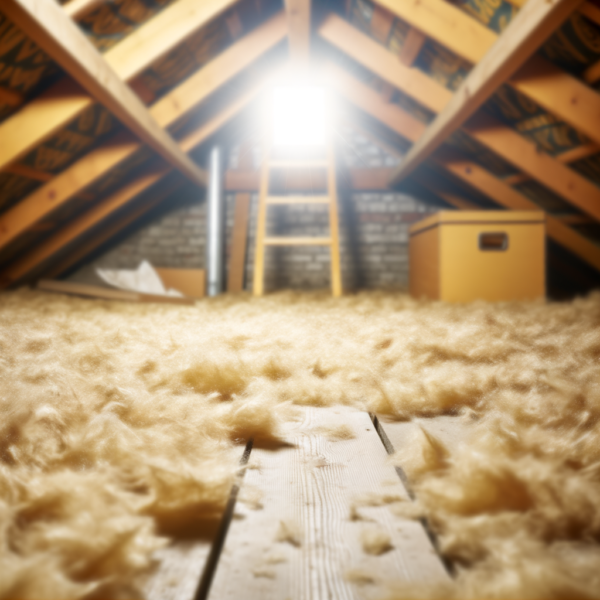DIY Blowing in Insulation: The Ultimate Guide for Efficient Home Insulation
Introduction
Upgrading your home’s insulation is one of the smartest investments you can make. DIY blowing in insulation not only cuts energy bills but also boosts year-round comfort. By using loose-fill insulation—often fiberglass or cellulose—you can seal gaps, eliminate drafts and maintain consistent temperatures throughout your living space. In this guide, we’ll explain the benefits of DIY blowing in insulation, walk you through each step of the installation process, identify common pitfalls to avoid and answer your top questions about R38 blow in insulation.
H2: Benefits of DIY Blowing in Insulation
Energy Savings
• Reduces heating and cooling costs by up to 30%
• Traps more air pockets than batt insulation, boosting thermal resistance
Superior Coverage
• Fills irregular cavities, hard-to-reach corners and around wiring
• Creates a continuous barrier without seams or gaps
Quick, Cost-Effective Installation
• Rent a blower machine for a few hours; eliminate labor fees
• Complete most attic jobs in one afternoon
Enhanced Indoor Comfort
• Reduces outside noise infiltration
• Prevents moisture buildup, lowering mold and mildew risk
Eco-Friendly Choice
• Cellulose insulation uses up to 85% recycled paper
• Fiberglass varieties often contain recycled glass content
H2: Step-by-Step Guide to DIY Blowing in Insulation
Preparation
1. Measure and Calculate: Determine attic square footage and desired R-value (R38 equals approximately 12–14 thickness).
2. Seal Air Leaks: Use caulk or expanding foam around pipes, vents and recessed lights.
3. Protect: Cover any exposed ductwork, wrap electrical junction boxes and wear goggles, gloves and an N95 mask.
Gather Tools & Materials
• R38 blow in insulation (fiberglass or cellulose)
• Insulation blower machine and hose (available at most home centers)
• Ladder, utility knife and measuring tape
Installation
1. Load the Blower: Following manufacturer instructions, load the insulation into the hopper.
2. Start Blowing: Begin at the farthest corner of the attic. Maintain a steady pace, moving back toward the hatch.
3. Monitor Depth: Every few feet, use a ruler or depth gauge to ensure consistent coverage of 12–14 inches.
4. Fit Around Obstacles: Gently rake the insulation around vents, wires and joists to avoid compression.
Cleanup
• Vacuum or sweep up stray fibers.
• Return unused insulation to its packaging for future top-ups.
H2: Common Mistakes to Avoid When DIY Blowing in Insulation
Skipping Prep Work
Failing to clear debris or seal leaks leads to uneven coverage and wasted material.
Over- or Under-Filling
Too little insulation leaves cold spots; too much compresses the material, reducing its R-value.
Ignoring Safety Gear
Insulation fibers can irritate skin and lungs—always wear a mask, goggles and gloves.
Neglecting Maintenance
Insulation settles over time; schedule periodic checks and add more if depth drops below recommended levels.
H2: Q&A on R38 Blow In Insulation
Q: What makes R38 blow in insulation ideal for attics?
A: R38 offers high thermal resistance, delivering excellent energy savings in both hot and cold climates when installed at the correct thickness.
Q: Can I use the same blower for fiberglass and cellulose?
A: Most rental blowers handle both types, but always clean thoroughly between materials to prevent clogs.
Q: How long does blown-in insulation last?
A: Quality loose-fill insulation can last 20–30 years if it remains dry and undisturbed.
Conclusion
DIY blowing in insulation is a straightforward, budget-friendly way to transform your home’s energy profile. By choosing R38 blow in insulation, sealing air leaks and following a systematic installation process, you’ll enjoy lower utility bills, quieter rooms and a healthier indoor environment. Embrace this efficient home upgrade today and experience the lasting comfort and savings that proper insulation delivers.


